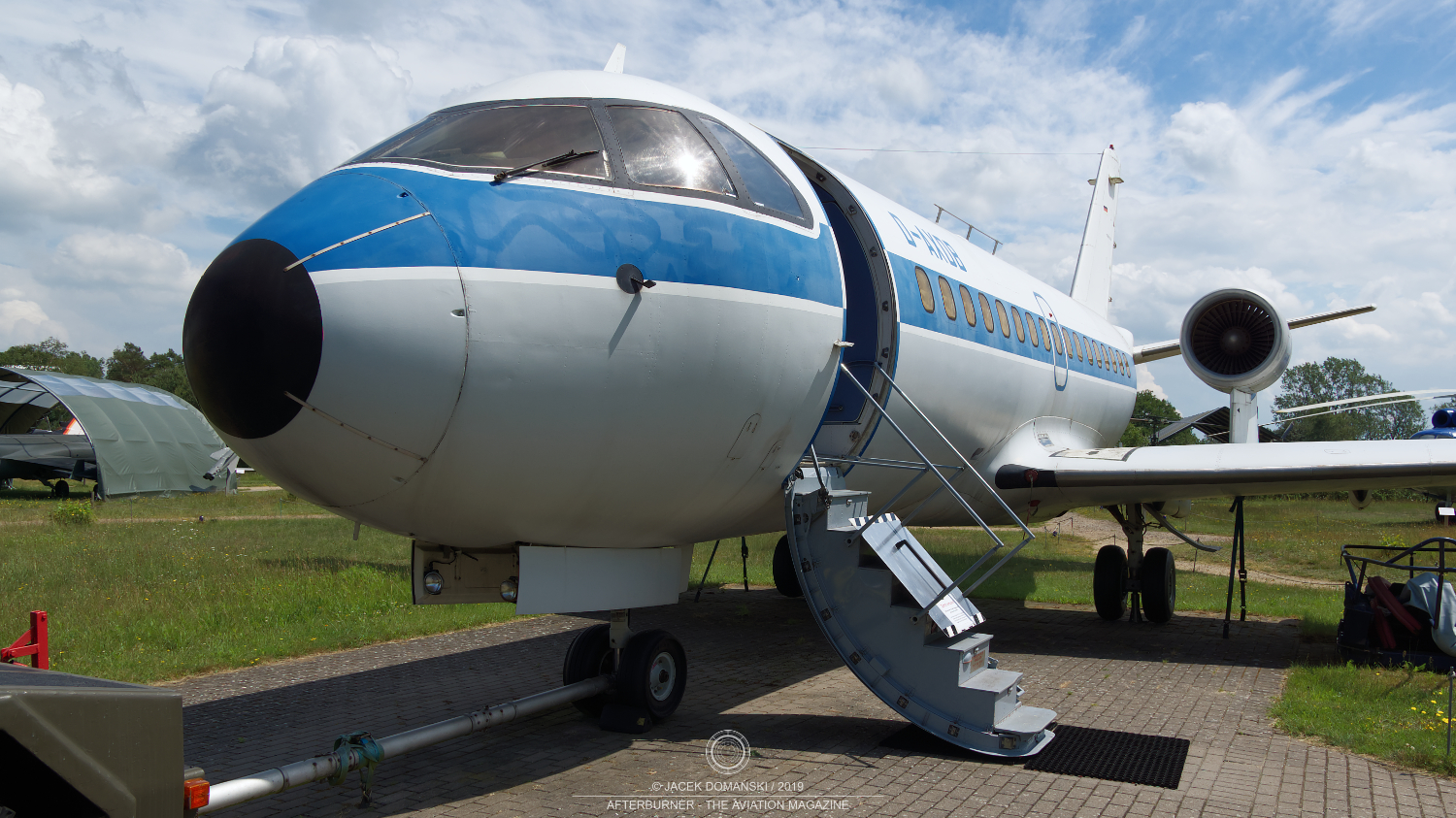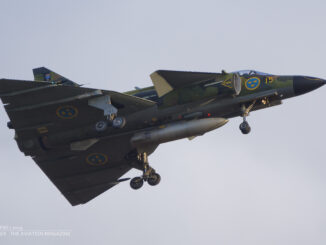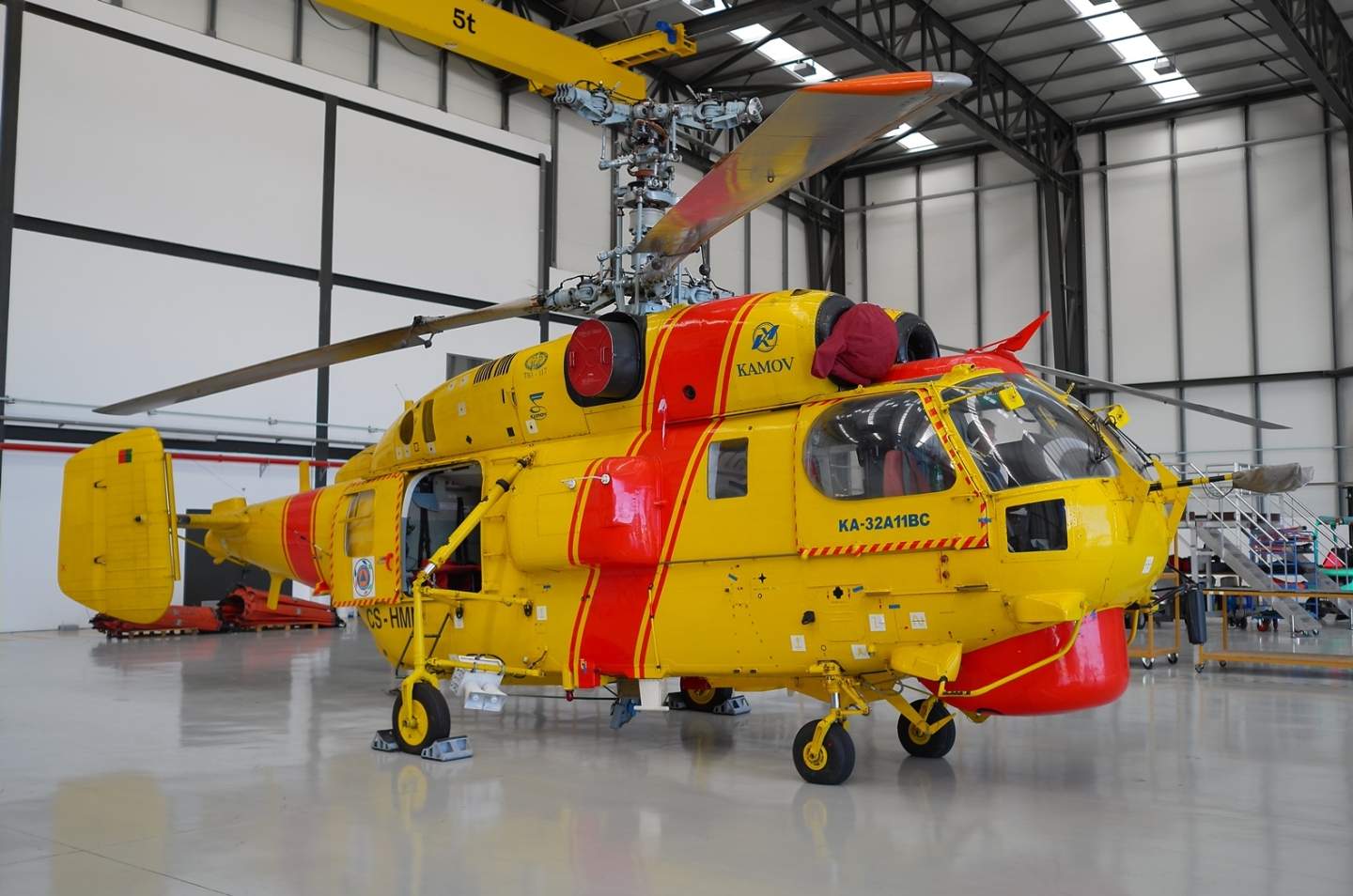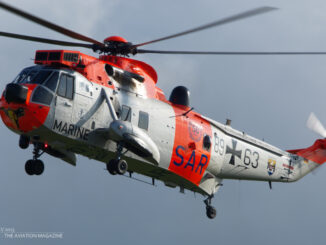 VFW 614 (c/n G18, D-AXDB, formerly 17+02 of Luftwaffe / the German Air Force), exhibited at the Aeronauticum Nordholz aviation museum, June 2019.
VFW 614 (c/n G18, D-AXDB, formerly 17+02 of Luftwaffe / the German Air Force), exhibited at the Aeronauticum Nordholz aviation museum, June 2019.
The VFW 614 (also known as the VFW-Fokker 614) was a twin-engine passenger aircraft developed in the 1960s, as well as the first jet-powered airliner designed and produced in West Germany.
The origins of the aircraft date back to 1961, when the first concept of a jet-powered airliner was disclosed to the public by the ERNO group, a German consortium of aviation manufacturers consisting of Focke-Wulf, Hamburger Flugzeugbau and Weser.
In 1964, Focke-Wulf and Weser merged to form a new company named Vereinigte Flugtechnische Werke (United Aviation Engineering Works). The newly established entity took over the idea of the first West German airliner, now designated VFW 614, and continued its development.
Initially, the airliner was to be powered by two Lycoming PLF1 turbofan engines. However, the American company soon ceased further development of that powerplant, forcing the German manufacturer to find alternative solution. Although there were other turbofan engines available on the market at that time, VFW opted for a brand new powerplant to be developed especially for the VFW 614.
Ultimately, an Anglo-French design of a medium bypass ratio turbofan, designated M45H, was selected. The project began as a joint venture between Bristol Siddeley and SNECMA. In 1966, the British engine manufacturer was taken over by Rolls-Royce Limited, but development of the new powerplant continued. Characterised by a low noise level, the engine allowed the VFW 614 to operate from municipal airports, and it was optimised for short-haul routes with multiple take-off and landing operations per day.
In addition, the engines were mounted in a rarely seen configuration, using over-wing pylons located at the mid-wing position. This setup enabled the aircraft to operate from poorly maintained runways and reduced engine noise.
In 1969, VFW formed a joint venture with Fokker. It was expected that the well-known brand of the Dutch aircraft manufacturer would help to promote the future airliner and contribute its experience to the final stage of development. In fact, the Fokker company made several changes to the VFW 614 project, such as replacing the initial T-tail design with a conventional tail unit comprising vertical and horizontal stabilisers.
Three prototypes of the aircraft were ready by 1971. On 14th July that year, the VFW 614 performed its maiden flight. It was also the first time the new engine had been airborne, as it had never been tested on any other aircraft. Shortly after the first flight, two prototypes were sent to Spain for further evaluation in hot climate conditions.
Although the test flights proved the design promising, the VFW-Fokker company found it extremely difficult to find customers for the new aircraft. Firstly, the unusual design of the airliner did not inspire confidence, particularly following the crash of the first prototype in February 1972. Secondly, the financial problems of Rolls-Royce, which resulted in its bankruptcy in 1971, threatened the further development and deliveries of the M45H powerplants.
However, the real reason for the lack of interest in the VFW 614 was the fact that the aircraft was not acquired by Lufthansa, the flag carrier of West Germany and one of the most recognisable airlines in the world. The company explained its lack of enthusiasm for the first domestically built airliner by its short-haul operational characteristics, whereas, at that time, Lufthansa was focused on long-haul and intercontinental routes.
Initially, Fokker estimated that it could sell up to 400 examples of the aircraft. In fact, only ten airliners had been ordered by 1975. In April of that year, the first serially produced VFW 614 was delivered to Cimber Air, the Danish air carrier which became one of the only three companies to acquire the German airliner.
The poor sales of the VFW 614 were one of the reasons why the West German–Dutch cooperation cooled. The German management accused Fokker of intentionally acting against the VFW 614 by favouring its own airliners. The working relationship eventually ended in 1980, and the following year VFW was acquired by Messerschmitt-Bölkow-Blohm.
Ultimately, only about twenty aircraft were built by 1977, when the VFW 614 programme was cancelled. Of these, only seven were delivered to airline customers, while three more were acquired by the Luftwaffe. The remaining completed but undelivered airframes were scrapped shortly after the aforementioned VFW takeover by MBB. At the same time, the commercial operators withdrew the VFW 614 from service, though the air force kept the aircraft operational until the early 1990s.
Nowadays, a few examples of the VFW 614 can be seen in aviation museums in Germany. The aircraft featured in our Photo of the Week series is the G18 airframe, initially operated by the Luftwaffe. At the end of the 1990s, it was acquired by a civilian company and registered as D-AXDB, but it never entered airline service. In 2003, the aeroplane was transferred to Aeronauticum Nordholz, where it remains on display to this day.



